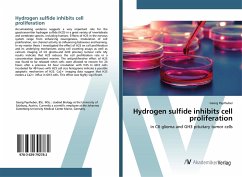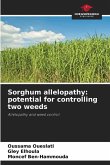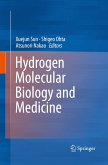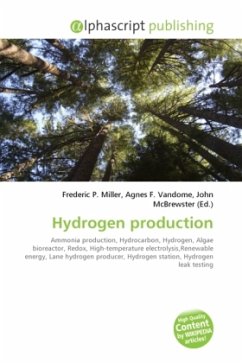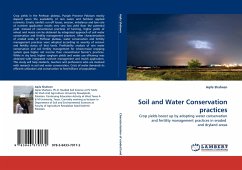The conclusion of this applied nature study showed that at early stages of plant growth i. e. 3rd leaf stage sorghum cultivars exhibited more HCN contents which could be toxic for the animals and with the advancement of growth stages the HCN contents were reduced. The result of this study showed that pre- booting stage to onward sorghum forage is safer i. e. 25 mg / 100 g from the HCN toxicity and more nutritive to feed animals. Postcutting intervals study showed that the HCN contents were decreased at all intervals but after 12 hours of postcutting intervals to onward maximum HCN reduction was recorded. On the basis of above investigation, the JS-2002 proved the best cultivar among all cultivars grown in the area as HCN contents, green fodder yield, crude protein and crude fiber contents are concerned. However, further investigation is needed to see the effect of different plants nutrients, drought, and freezing on the amounts of HCN contents in sorghum forages under rainfed conditions.


